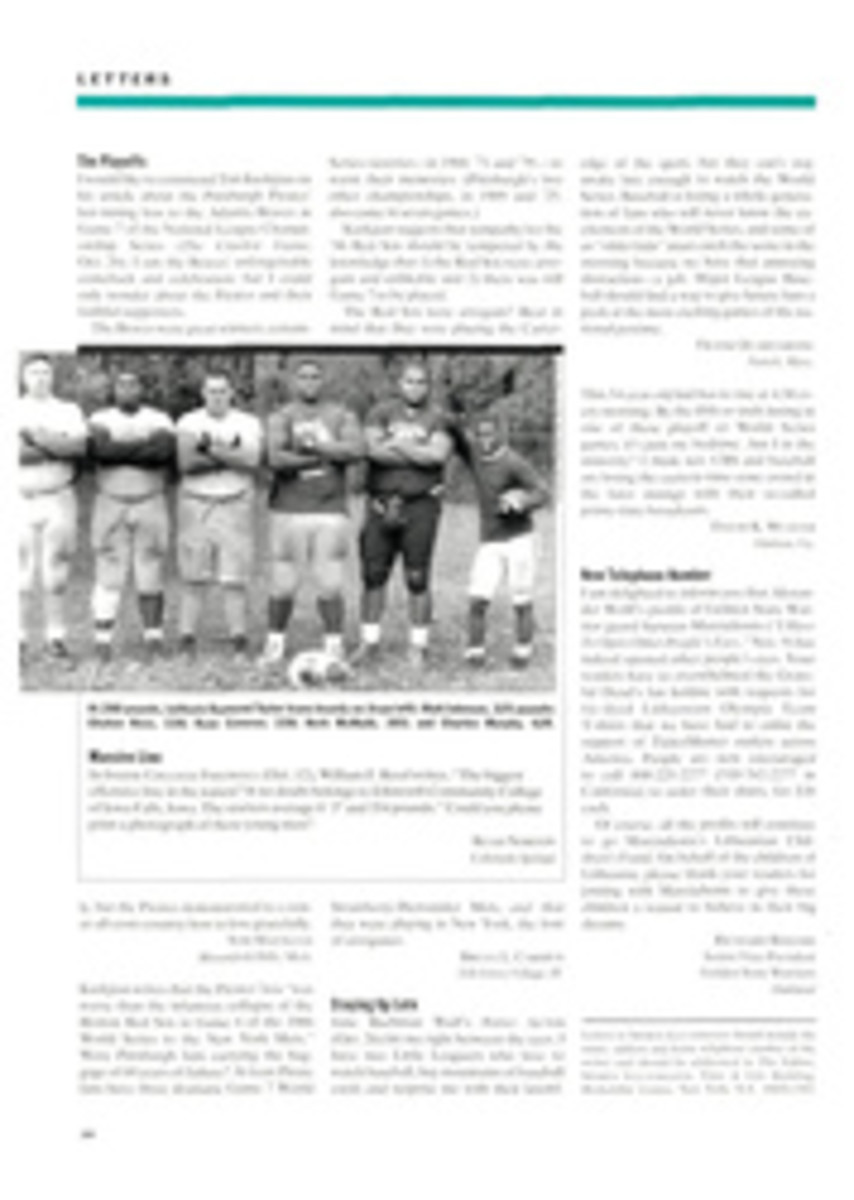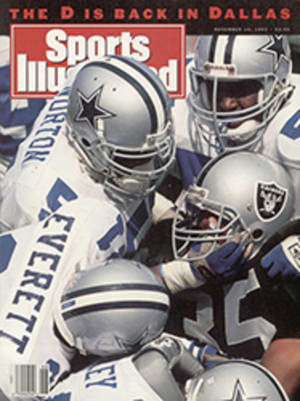
Questions about Alydar
On Nov. 15, 1990, when Calumet Farm announced that its great thoroughbred stallion Alydar had been humanely destroyed after he kicked his stall so hard that he shattered his right hind leg, there was no reason to believe that one of America's most popular racehorses was the victim of anything but a tragic accident. In the ensuing months, however, as Calumet slipped into bankruptcy, some observers began thinking the unthinkable. Had Alydar, whose life had been insured for $36.5 million, been the victim of an insurance scam?
The 15-year-old horse was Calumet's most prolific cash cow, bred to more than 100 mares a year for service fees totaling $12 million. But as financial records soon made clear, Alydar might have been worth more dead than alive. On the eve of the horse's destruction, according to court records, Calumet owed a total of $120 million to various banks, vendors and investors. Foremost among them was First City Bancorporation of Houston. As Calumet's debt had grown, the farm's president, J.T. Lundy, had sold and bartered away so many lifetime breeding rights to Alydar that the stallion's projected cash income to the farm in 1991 had dropped to about $7 million, of which $2 million would have gone to pay his life-insurance premiums.
Indeed, the farm was $2.6 million behind in its total premium payments. John Mabee's Golden Eagle Insurance Co. had said two weeks before Alydar's death that it would not renew its $5 million policy on the horse in December. Lundy needed a large infusion of cash to ward off foreclosure. He was barred from selling Alydar by the will of Calumet's former owner, Lucille Markey. The farm's quickest source of money, court documents reveal, was the $36.5 million in policies on Alydar—of which $15 million eventually went to owners of breeding seasons in Alydar, $20.5 million to First City and $1 million to Calumet.
In the months after Alydar's death, a few veterinarians expressed doubts that he could have shattered his hind leg, the strongest, densest bone in a horse's body, by kicking the door of his stall. They said such an injury was usually caused by a powerful blow—say, being hit by a car. On the night of the accident, Lundy's insurance agent (his sister, Kathy Jones) had hired Lexington insurance adjuster Tom Dixon to do the investigation. The next day, after Alydar underwent surgery to repair the break and then broke the leg again by putting weight on it, he was destroyed, and Dixon recommended to Lloyds of London that it approve the $36.5 million claim. It was the largest equine payoff in U.S. history.
Significant factors in his assessment, says Dixon, were the concern people at Calumet displayed toward Alydar, and the desperate surgery performed on the horse. "Why would they go to all that trouble?" he asks. Skeptics say there are 36.5 million reasons.
In the end the insurance payment on Alydar's life was not enough to save Calumet for Lundy. He lost the farm in 1991, and it was eventually purchased at auction, for $17 million, by owner-breeder Henryk de Kwiatkowski. Alydar is buried in Calumet's historic cemetery. There, with the glory days long gone, only the doubts surrounding his death yet linger.
TWO ILLUSTRATIONS
ANASTASIA VASILAKIS
"I don't want to break his leg," a drunk Burns sang to Arlie in his executioner's song.

